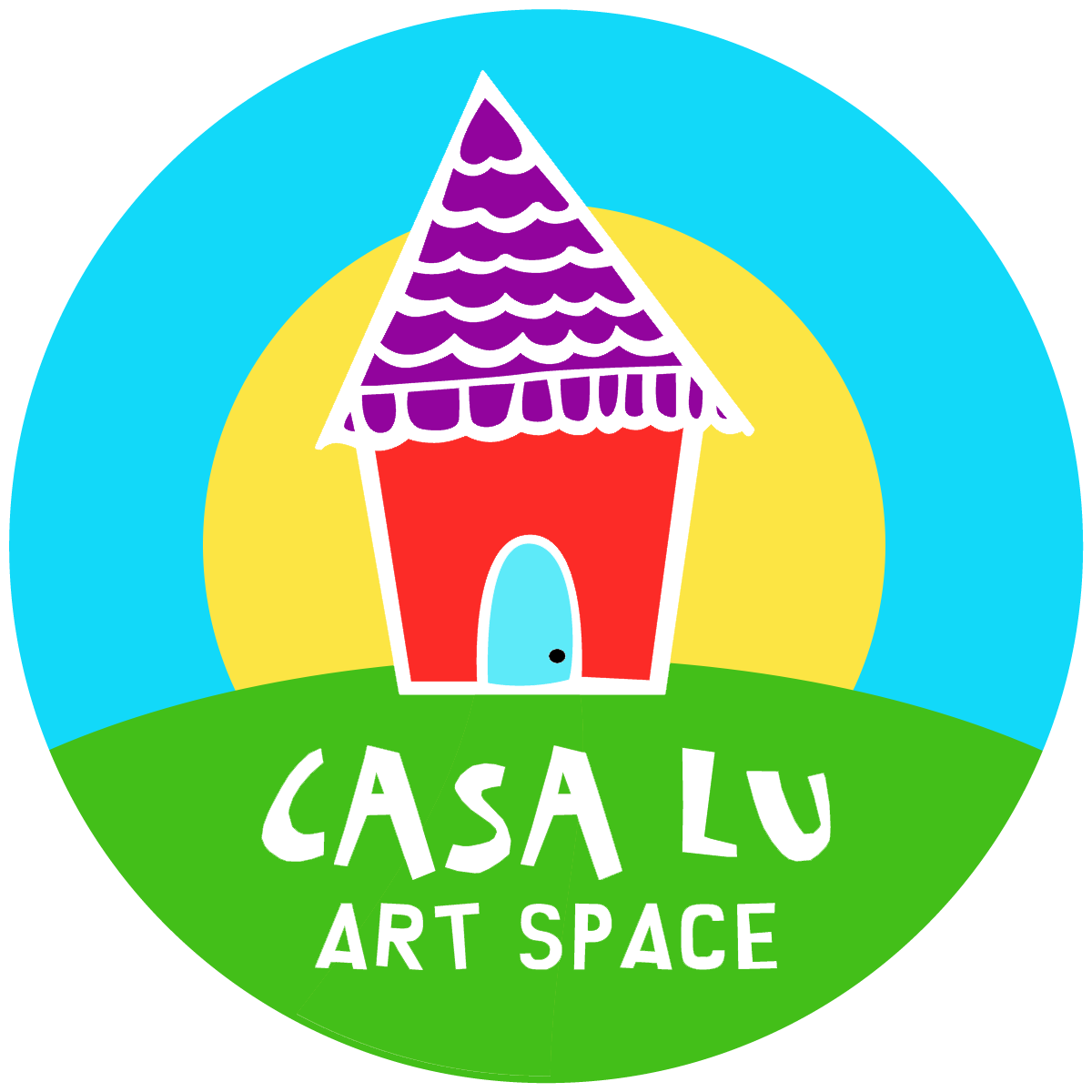The Power of Creative Arts in Elementary Childhood Development
The arts are more than just extracurricular activities—they’re essential to a child’s development. During the elementary years, when kids are exploring identity, building coordination, and learning emotional regulation, creative arts offer tools to grow all of these skills simultaneously.
From collage and sewing to fiber arts and screen printing, creative activities support multiple areas of growth. Physically, they build fine motor skills that are vital for handwriting, typing, and self-care tasks like tying shoes. Kids learn to cut, thread, glue, and layer—all while strengthening coordination and dexterity.
Emotionally, the arts provide a safe outlet for expression. Children may not always have the vocabulary to explain how they feel, but they can show it through color, texture, and form. A child who’s overwhelmed may find relief in splatter painting, while another might explore identity through self-portraiture or textile work.
Creative arts classes also promote patience and perseverance. These are not instant-gratification activities. Kids learn that completing a sewing project or designing a collage takes time, trial and error, and resilience. They gain a sense of pride not just from the final product, but from sticking with something from start to finish.
In group settings, collaborative art fosters communication and empathy. Children learn to share space and materials, offer feedback, and celebrate each other’s work. These soft skills are just as important as academic achievement and lay the foundation for healthy peer relationships.
The mental health benefits of creative arts can’t be overstated either. In an age of increasing screen time, the arts encourage mindfulness and unplugging. They allow children to slow down, focus, and enter a state of flow that supports emotional balance.
Ultimately, the arts help children build a creative identity—one where they see themselves as makers, thinkers, and problem-solvers. They learn that their ideas have value and their voices matter. And that’s a lesson that lasts long after the paint dries.
